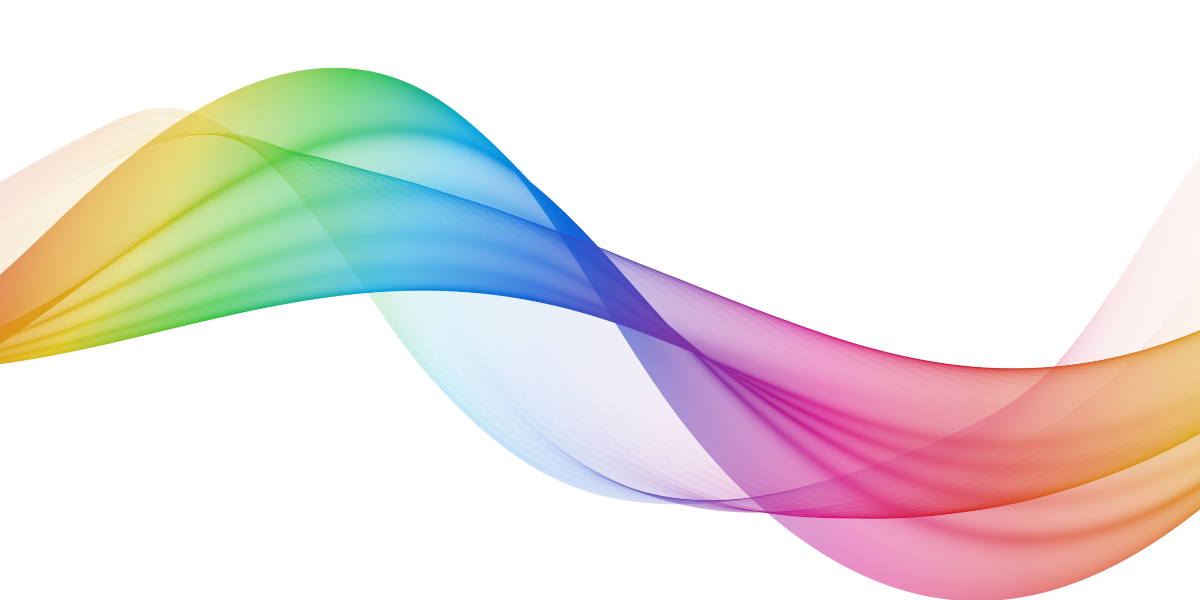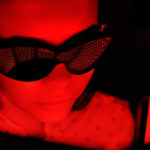A Guide to Different Types of Light Therapy
Light is unique. It behaves as both a wave and a particle, and it’s instrumental for a wide variety of actions beyond illuminating our surroundings. Light outside the visible spectrum, like X-rays, have been monumental in advancements in medicine, while infrared, radar, microwaves, and radio waves are valuable technology in military applications as well as our daily lives.
But visible light has more properties for humans than simply being “visible.” Light therapies utilize specific wavelengths of light that have different effects on our bodies.
Types of Light Therapy
There’s a few different kinds of light therapy that utilize light in the visible spectrum, and different kinds of light each have a different effect. These three types of light therapy are common:
- Red & Near-Infrared (NIR) Light: Light in red and near-infrared wavelengths targets the mitochondria of the cells to boost cellular energy production, promoting a variety of healing effects throughout the body.
- Blue Light: Light in the blue wavelengths has been found to have an antimicrobial effect, making it a common treatment for severe acne, and it’s also used to improve sun damage.
- Green Light: Green light is being investigated by researchers for its effects on reducing the intensity and frequency of migraines.
Red & Near-Infrared Light Therapy
Red and near-infrared (NIR) light therapy comes in a few forms: red light LED beds and panels, or laser therapy devices for a targeted approach. Red light therapy uses light in red and near-infrared wavelengths (635nm – 940nm) which have the ability penetrate through the skin and cause a phototherapeutic effect in other tissues. Photobiomodulation, another name for red ad NIR light therapies, affects our bodies at the cellular level, causing an increase in energy production and transport.
Red and near-infrared light therapy is used to treat muscle and joint pain, either acute or chronic, and reduce swelling throughout the body caused by harmful oxidative stress. Additionally, this light therapy boosts collagen production, which helps improve the tone and texture of skin and speeds up wound healing while preventing scar formation.
There are minimal side effects from red and NIR light therapy, and the treatment is painless.
It’s important to get red and NIR light therapy from a reputable provider and device. Some devices can be purchased for at-home use, but it’s important to make sure you know who made the device and that it’s registered with the FDA. Treatment is also widely available at wellness centers and medical clinics.
Blue Light Therapy
Blue light therapy isn’t able to penetrate beyond the skin, but it does have a profound effect on skin conditions like acne and sun damage. Blue light is even used as skin cancer prevention and to remove cancerous skin lesions.
For acne, certain blue light wavelengths have been shown to effectively kill the bacteria, Propionibacterium acnes. This is a treatment best done at your dermatologist’s office, as their blue light device has more precise power and is more effective than an at-home option.
For removing skin cancer lesions, blue light is combined with a topical photosynthesizing drug that, when exposed to the blue light, reacts with oxygen to kill cancer cells.
While comparable to red light in that the treatment is pain-free and has minimal side effects, blue light can cause redness and swelling post-treatment. Acne can also be quite painful and swollen on its own. Some dermatologists will combine red and blue light therapies when treating acne to help lessen the swelling in addition to attacking the harmful bacteria.
Green Light Therapy
While still in an experimental phase, green light therapy is being tested for its effects on migraines. The color green is associated with nature and is considered a calming color by many—this is why your wellness clinic may have green walls or accents, or you spent time in a “green room” before a stage performance.
However, researchers testing green light are using devices similar to an at-home bright light box to lessen the intensity and frequency of migraines. The device being tested is a thin lamp with a green LED strip, and patients sit in front of the light in an otherwise darkened room for two hours.
Some patients found relief immediately in the frequency and intensity of the migraines, while others experienced no change for up to six weeks before experiencing fewer migraine days and less intense headaches. Patients also reported that green light was less likely to exacerbate migraine symptoms compared to other colors of light.
The technology and treatment is still in development, and patients would likely still need any medications they take for migraines, however in a lower dose.
Light therapies provide many people relief from a variety of conditions. If you’re considering trying light therapy of any kind, always talk with a medical professional to see what therapy will be best for you.
Our TheraLight providers are happy to help start you on your wellness journey. Click the link below to find one near you.







